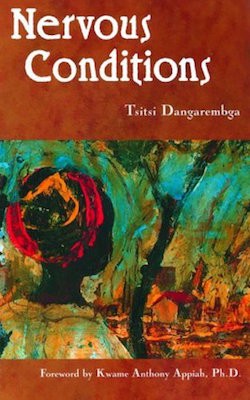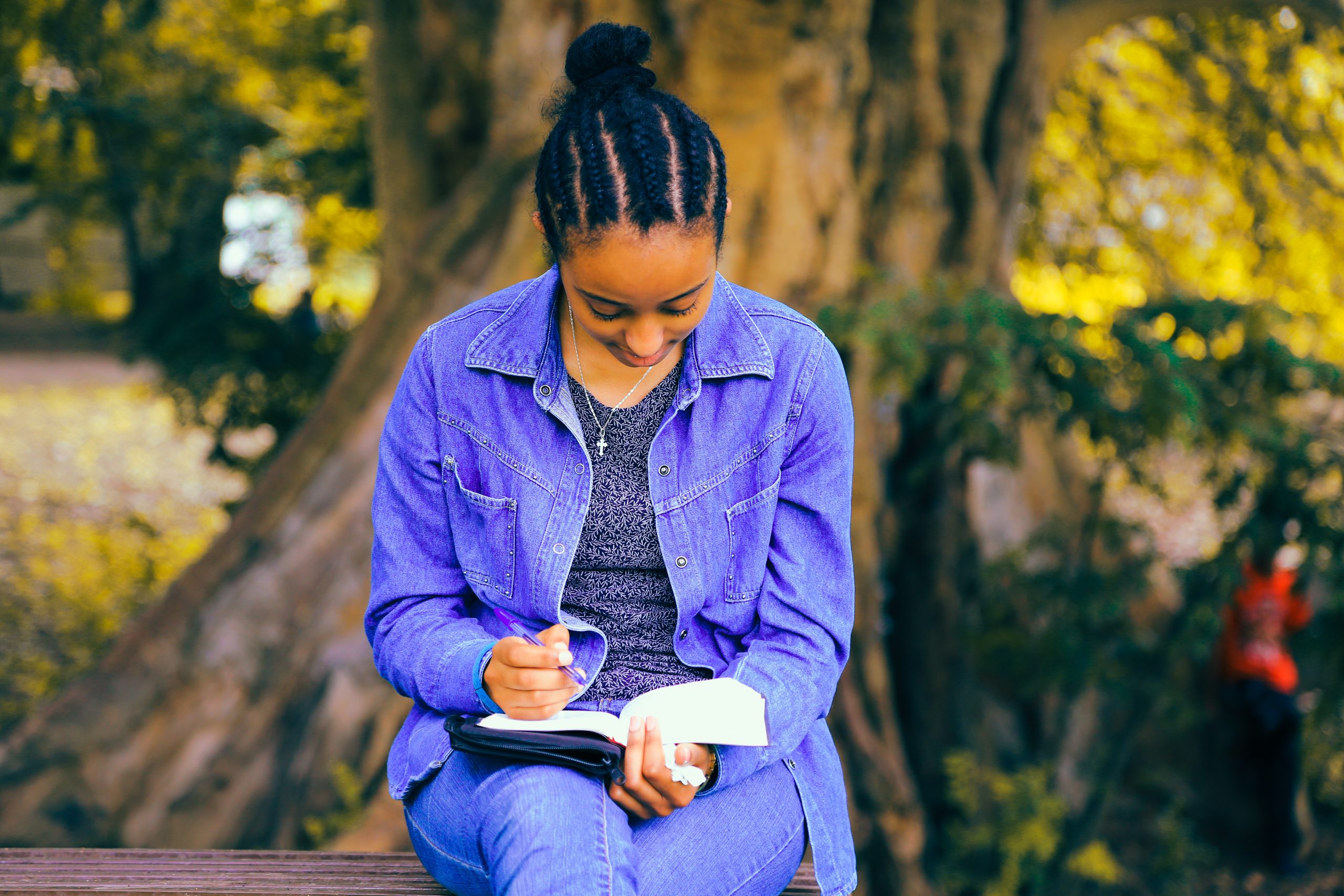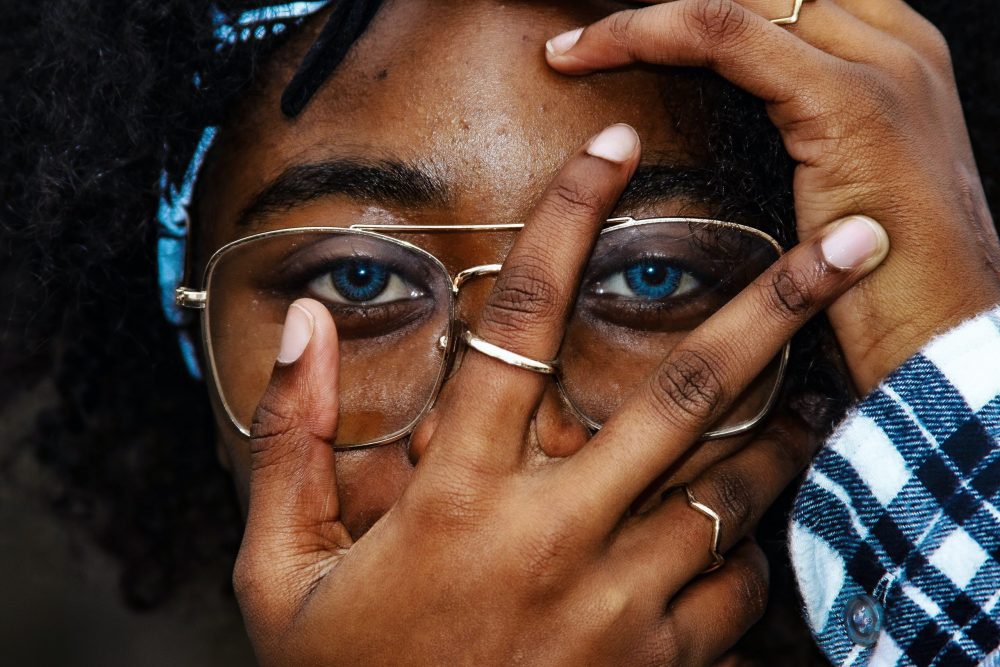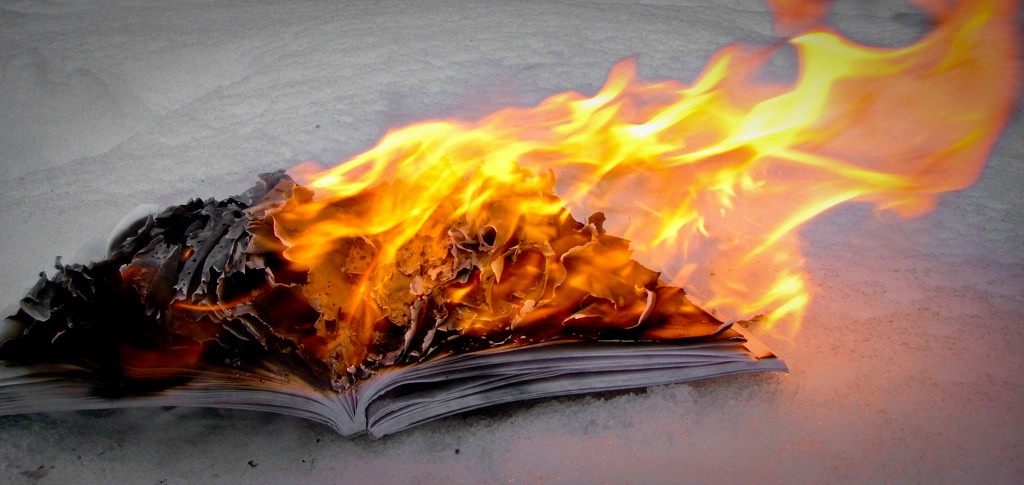Reading Lists
10 Books with Wonderfully Nuanced Black Female Protagonists
10 Books with Awesome Black Female ProtagonistsIf stereotypes are getting you down, turn to these books featuring realistic, complex, feminist black women

When the reboot of Spike Lee’s 1986 debut “She’s Gotta Have It” came out, I knew I’d watch all ten episodes. I came of age during the 90s, when Lee released a new feature almost every year. His style left an impression on me: the dreamlike frenzy created by dolly shots, the way he tuned dialogue and characters to real ideological rifts in the black community, the stirring musical scores. Those techniques scaffold my work now, frame how I process real events, visualize fictions, and distill them into a story.
Nola Darling, the protagonist of the film and series, was played with buoyance by DeWanda Wise in the new version, but how the show handled her sexuality drew mixed reactions from audiences. A self-proclaimed “sex-positive, polyamorous, pan-sexual” who isn’t into labels, the character sometimes felt more tethered to grand statements than to truth. The show’s writers were obviously working to atone for misogynistic errors of the source material. Revisiting something iconic brings the burden of the original subject’s weight.
And Nola Darling is iconic. She is feminist and sexual, proudly black, political and brainy, sometimes brittle and confused. She is spiritual mother to the zany black heroines we now have the privilege of quibbling about. Along with Lee’s films, the ‘90s brought us Family Matters, Hanging With Mr. Cooper, Fresh Prince, Living Single and more. Perhaps for the first time since then, today there are enough varied stories out in the world about black people that we can have preferences and make choices about what to watch when we want to see a depiction of ourselves. There is “Insecure” and “Atlanta” and “Queen Sugar”; “Dear White People,” “The Incredible Jessica James,” “Master of None”; “Moonlight,” “Get Out,” and “Girls Trip” — uniquely different films and shows that come from a distinctly black perspective and don’t apologize for that, explain it, or water it down for white viewers.
These shows and films depict a distinctly black perspective and don’t apologize for that, explain it, or water it down for white viewers.
Still, viewers remain hungry for unique black women characters with interiority on film and TV, and black writers in those mediums remain rare. Color of Change reports just 4.8 of staff writer jobs in broadcast, cable, and streaming scripted series from the 2016–17 season were held by black writers. For characters that feel feminist and challenging, that trouble stereotypes and expand my imagination with depth and complexity, I often turn to novels. Here are some of my favorites, accumulated over a lifetime of searching.

Nervous Conditions by Tsitsi Dangarembga
Tambu is the main character of this bildungsroman set in Zimbabwe and written by author and filmmaker Dangaremba. She lives in colonial Rhodesia, under the charge of her stern uncle, and attends mission school. She and her cousin Nyasha struggle to build selves under the twin assaults of colonialism and male domination.
Quietly, unobtrusively and extremely fitfully, something in my mind began to assert itself, to question things and refuse to be brainwashed, bringing me to this time when I can set down this story. It was a long and painful process for me, that process of expansion.

Whatever Happened to Interracial Love by Kathleen Collins
In this treat of a short story collection by the late playwright and filmmaker Kathleen Collins, released last year after being discovered in a trunk by her daughter, Nina, the black women characters are portrayed from multiple points of view. My favorite thing about the characters is that none of them fit neat categories. Also, Collins doesn’t shy away from their sexuality, nor their intelligence, nor their loneliness. And yet they aren’t women to be pitied; there is a boldness in these sketches that make you trust the characters and want to go with them, on their journeys.

Sula by Toni Morrison
The relationships between women in the new “She’s Gotta Have It” were compelling to watch. Morrison’s second novel, published in 1973, tells a story of Sula and Nel, two black women who come of age in a post-war community and take diverging paths into adulthood. It is an unsparing account of a friendship of two distinct, bold individuals, a sisterhood that is vital but doesn’t quite make it.
Their evidence against Sula was contrived, but their conclusions about her were not. Sula was distinctly different. Eva’s arrogance and Hannah’s self-indulgence merged in her and, with a twist that was all her own imagination, she lived her days out exploring her own thoughts and emotions, giving them full reign, feeling no obligation to please anybody unless their pleasure pleased her. As willing to feel pain as to give pain, to feel pleasure as to give pleasure, hers was an experimental life — ever since her mother’s remarks sent her flying up those stairs, ever since her one major feeling of responsibility had been exorcised on the bank of a river with a closed place in the middle. The first experience taught her there was no other that you could count on; the second that there was no self to count on either.
She had been looking all along for a friend, and it took her a while to discover that a lover was not a comrade and could never be — for a woman.

Swing Time by Zadie Smith
Another novel about an epic friendship follows two biracial dancers who meet as children and come of age in the 80s with a shared love of Hollywood musicals and pop music. They are outcasts in their working class neighborhood in London mostly because they are biracial. The unnamed narrator has been called “unsympathetic.” She goes to work for an MTV-esque network for a Madonna-inspired pop star and in doing so, flees the neighborhood, while her friend, the more talented of the two, stays home. It is a meditation on how one woman can define herself using the contours of another, and the limitations that presents.

Salvage the Bones by Jesmyn Ward
In Jesmyn Ward’s second novel, the National Book Award winning Salvage the Bones, the main character, Esch, is bookish and friendless but tethered to her family as they prepare for Hurricane Katrina. Her passions are sundry and are the lifeblood of the novel.

What We Lose by Zinzi Clemons
What We Lose deserved every bit critical attention it got when it debuted. It’s an intimate tale about the grief that almost undoes its protagonist, Thandi, a young, black South African woman whose family is middle class and live in Pennsylvania. It captures the nourishing relationship Thandi has with her mother while considering the brutal, urgent demands of motherhood. In Thandi, we find a woman reckoning with how to meet and realize her desires even as she is rootless in the world.

Purple Hibiscus and Americanah by Chimimanda Ngozi Adiche
The debut novel of Adiche, Purple Hibiscus is a coming-of-age story of 15-year-old Kamibili. Adiche introduces her feminist consciousness as Kambili must choose between the family she is born into and the one that feels more appropriate for her.
The wide-ranging novel Americanah spans three continents. We follow the protagonist Ifemelu, a woman who finding her way in a world stitched together by unstable racial categories. She goes through several love affairs and makes many mistakes before finally stumbling home.

Mama by Terry McMillan
I thnink Terry McMillan gets short shrift in the canon, mostly because of the blockbuster level popularity of her third novel Waiting to Exhale and the quotidian sensibility of the terrain she covers. Mama is her masterpiece. It’s a tale of a matriarchal family living in Michigan and the nature of progress through generations. Freda, the oldest daughter of Mildred Peacock, grows into a life that run parallel to her striving mother’s.

The Street by Ann Petry
The Street, Ann Petry’s 1946 novel set in Harlem about protagonist Lutie Johnson, a single black mother trying to make her way, sold a million copies when it came out. Lutie struggles to make a life for her son Pip, but what is generative is how the character makes choices out of a lot of impossible options.

A Raisin in the Sun by Lorraine Hansberry
Of course “A Raisin in the Sun” is a play and not a novel, but I think Beneatha Younger may be one of the most memorable black woman characters ever created. She is all hope and passion and angst and muddled, messy ideology. She’s transformed by the play’s end, though, into a person who knows that her political sensibility is nothing without compassion.








